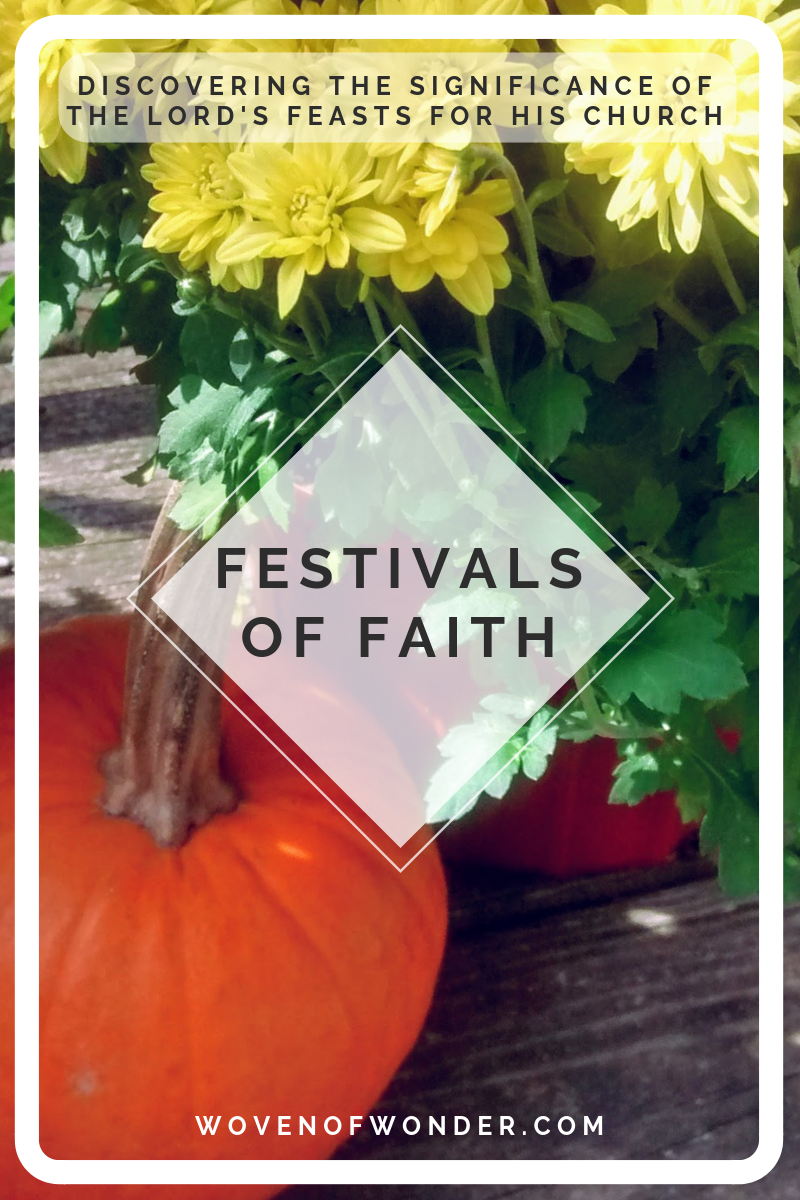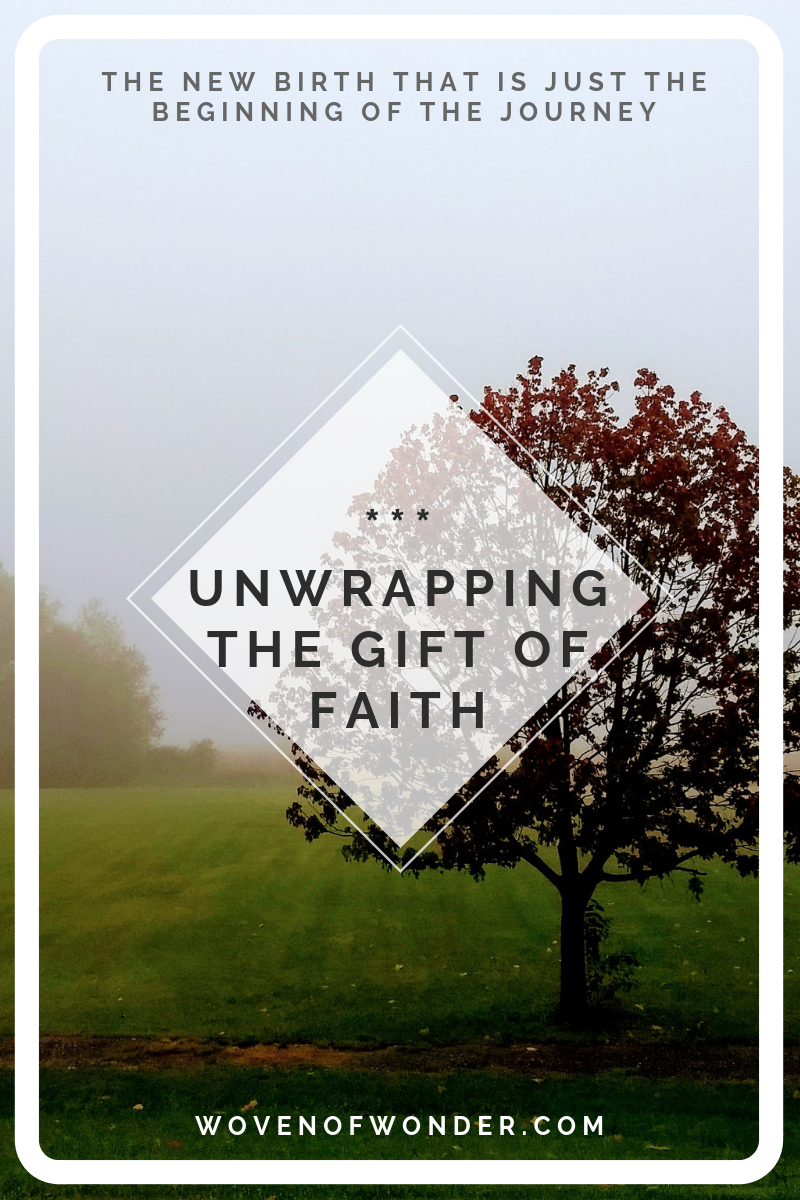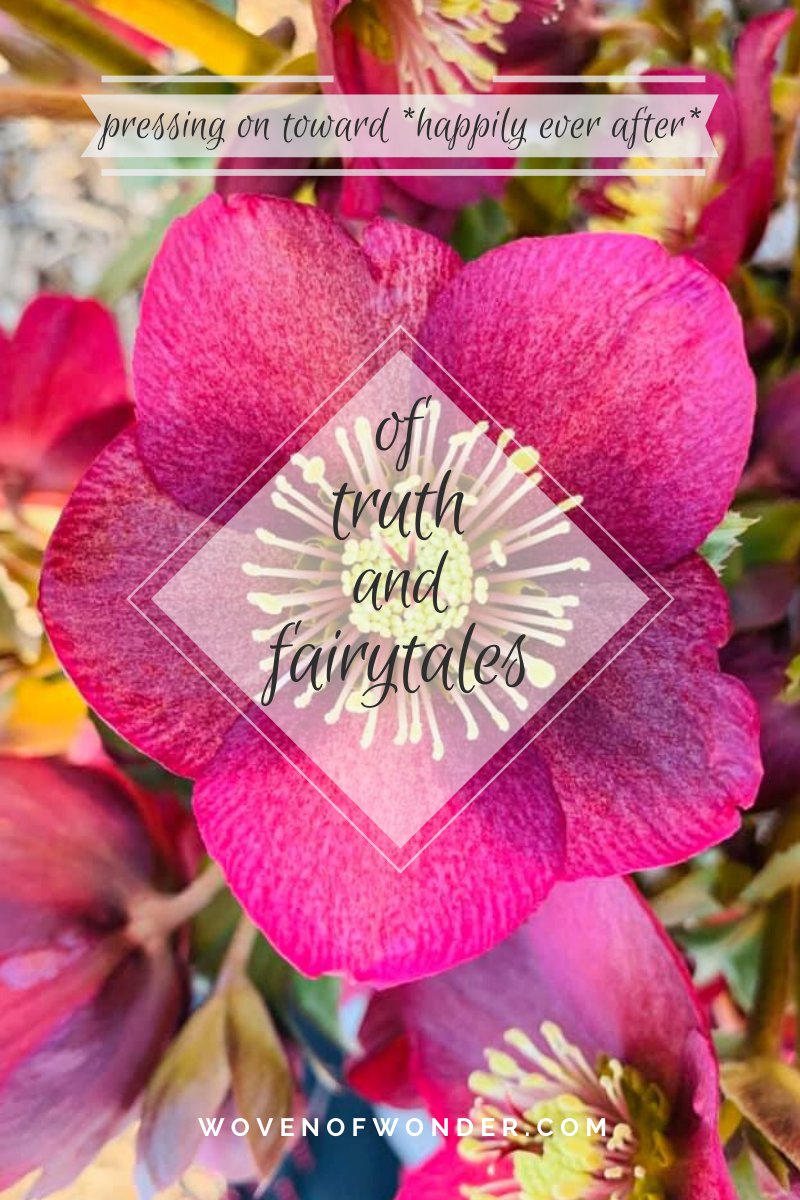
Festivals of Faith
Less than a decade ago, I was introduced to an element of Scripture that helped make sense of scattered pieces and revitalized my faith in incredible ways. Through these teachings, I was reminded that our God is a God of pattern and order, a God who wants to be known by His creation, and One who goes to great lengths to make sure we see Him for who He truly is. At first, I was stunned that anyone who was as familiar with the Bible as I was by that point could completely miss such a critical component for understanding God’s Word. I’m afraid I turned rather scornful at the idea. And what about all the learned pastors and professors and teachers I’d studied under? I blazed. Surely, if this were true, someone would have told me!
Well, as it turned out, Someone was telling me. It’s just that He had to break down several prideful, self-sufficient barriers to my acceptance first. The wisest farmers spend time cultivating the soil before planting, after all, so that the seed will have the best chance to thrive. 😉
What the Spirit began revealing to me, through the teachings of my new fellowship, was something called the Feasts of the Lord. As I began to learn the pattern and significance of these seven sacred celebrations God established for His people, I suddenly began to see them laced all throughout Scripture. Not only are the Feasts historical, they also contain the blueprint for future events, as well as the template for both personal and corporate discipleship. It’s truly an awesome thing to behold! My hope is that, as I begin unpacking the Feasts here in the next few weeks, you will be as struck as I have been by the way they reveal the beauty and power and plan of our great God.
My intent is to shine a spotlight on each of the Feasts in turn, to develop their themes and significance more fully. For now, though, here’s a bit of an introduction to whet your appetite. Leviticus 23 is one of the best places to look to find all seven Feasts in one place, but if you’re not familiar with them, it may be a little tricky to sort them out yourself.
The first Feast in the lineup is Passover. If you’ve been around church very long at all, this is probably the one you’ve heard the most about. Passover is the Feast that commemorates the release of the Hebrew children from slavery in Egypt. It was first celebrated as God was putting the final touches on the plagues that would bring the mighty Pharaoh to his knees. Lambs were to be slaughtered, their blood spread on the doorways as a sign to the death angel to pass over the homes of God’s people, the meat eaten quickly as the sons of Israel made their escape from oppression and out onto the freedom road.
The two Feasts that follow — Unleavened Bread and the Sheave of Firstfruits — are closely tied to this first one; these three springtime Feasts are collectively known as Passover. When we read the New Testament, we see that Passover is the Feast being celebrated at the time of Jesus’ crucifixion. Indeed, the celebration of communion — the breaking of the bread and drinking of the wine — was derived directly from this Feast, as it was being celebrated by Jesus Himself. His sacrificial death on the cross, His sinless life, and His triumphant resurrection fulfill the requirements of these Feasts, to the very day.
The central, standalone Feast — Pentecost — is commemorated in the New Testament forty days after Jesus’ ascension. Here, He sends the Holy Spirit to infill and empower His disciples, enabling them to keep the commission He has given them to go into all the world and preach the gospel to every tribe, tongue, and nation. It looks back to an original harvest feast, in which the poor and needy are provided for, and to the giving of the Law itself.
The final three Feasts, combined under the banner of Tabernacles, are the Feast of Trumpets, the Day of Atonement, and the Feast of Tabernacles (sometimes translated “Booths”). While the first four Feasts have been fulfilled by Jesus, the fulfillment of the remaining three is yet to come. Not much is known or spoken of the Feast of Trumpets. Trumpets are to be blown, summoning the people to a gathering, and it has the sense of preparation, of warning, of announcing what is yet to come. The Day of Atonement was the one day a year when the High Priest could enter the Holy of Holies, the most sacred space in the temple, to make reparation for the whole nation of Israel; it points forward to the final judgment spoken about in Revelation, when all humanity will be judged according to how we responded to Jesus.
Finally, we arrive at the Feast of Tabernacles, the capstone Feast of the seven. Originally, this Feast was instituted to remind the Israelites of the time of their wilderness wanderings, when God had brought them out of slavery in Egypt, and they lived in “tabernacles” in the desert. The word “tabernacle” means “dwelling,” so it is especially fitting that Jesus would be born during this season of the year, (see John 1:14 — “The Word became flesh and made his dwelling among us”), rather than at Christmastime, as is so often supposed (more on this to come). But the prophetic fulfillment of the Feast of Tabernacles is even more extraordinary than Jesus’ first coming: it heralds His coming again! For this Feast signifies the return of the Bridegroom for His Bride and is known in Revelation as the Wedding Feast of the Lamb (see Revelation 19:7-10).
My original resistance concerning the Feasts of the Lord may not have been in the right spirit, but it does raise some legitimate questions: If the Feasts are so important to God, and should therefore be to every believer, how could someone raised in church and fairly well-versed in Scripture know next to nothing about them? It seems we’ve confined them to the same basic irrelevance as the laws on diet and cleanliness, though Leviticus 23 repeatedly records God calling the Feasts “perpetual statutes” or “lasting ordinances,” depending on your translation. Jesus and His disciples clearly celebrated them, and it appears they’ll be coming around again in the End Times, as God brings all of history full circle. So what is their relevance for today?
I will address these questions — and many more that you might not even know you have! — in subsequent posts. My hope through this little series on the Feasts is to help restore a precious understanding of the plans and patterns of God that have been lost to the church for far too long. The Lord has already begun stirring a reawakening to the Feasts in the worldwide Body of Christ. I pray He will use this humble offering to further reveal His heart for His people, and to bring us into the greater freedom and fullness He has in store!





